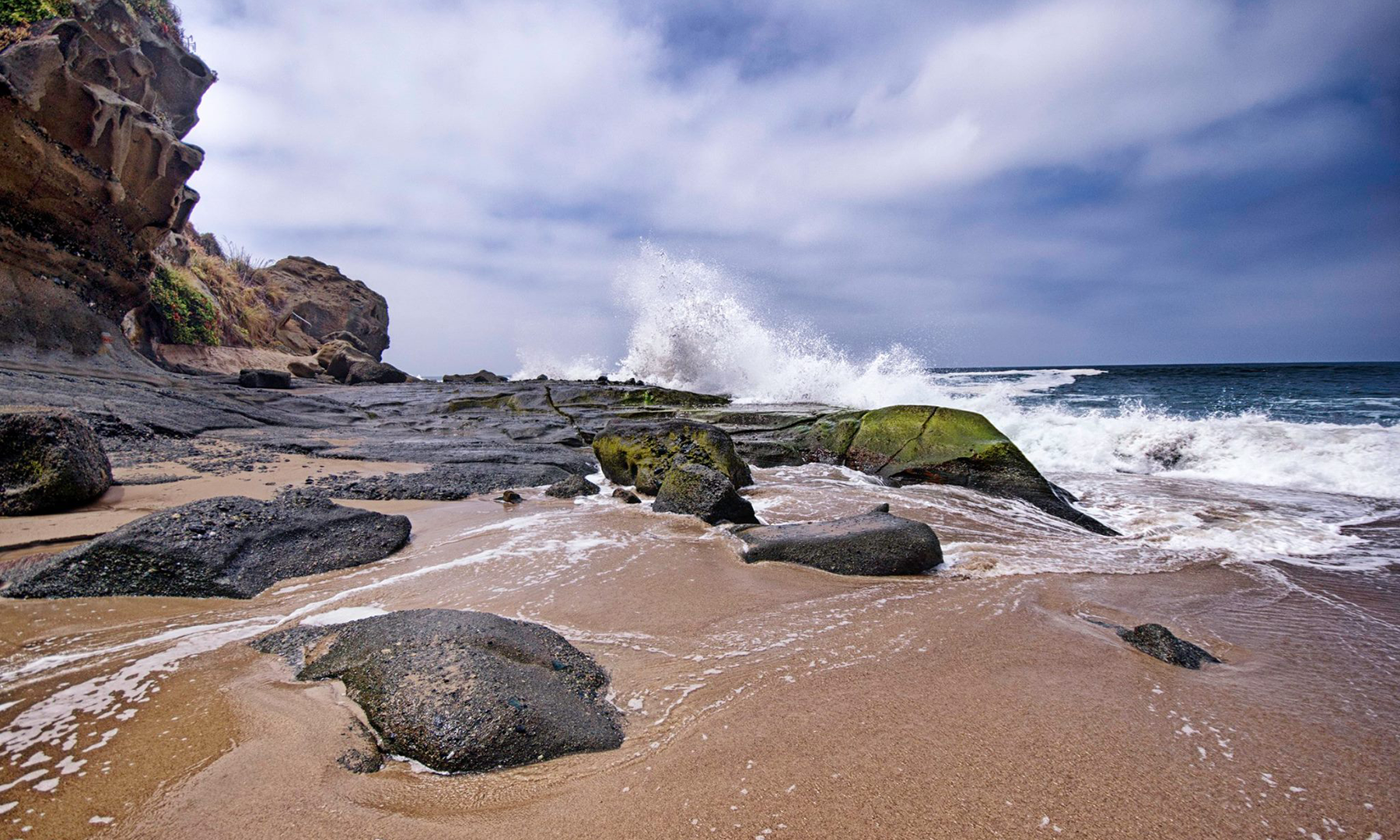Safeguarding California: Practical Advice for Oceans and Coasts to Confront Climate Change

Just over a week ago, on January 29, California took another important step in its efforts to address ocean and coastal health in a time of rapid change. With the release of the 2018 update of its Safeguarding California Plan, California is looking to the future to ensure that its citizens, businesses, and ecosystems are prepared for climate change. The Safeguarding plan update is part of California’s decade long work developing adaptation strategies to reduce climate risk. This latest update, developed by nearly 40 state agencies over 13 months, provides a roadmap for addressing change. It includes an assessment of and recommendations for actions to keep California’s coasts and ocean, and the communities, livelihoods, and the life they support, healthy and resilient. California’s environmental leadership–and specificity that of Governor Jerry Brown–on climate adaptation and ocean health is especially important in this time of uncertainty, change and federal abnegation of environmental responsibility.
The Safeguarding plan devotes a chapter to California’s coast and ocean, noting that the coast and ocean contributed “$41.1 billion to the state’s GDP, provided $19.3 billion in wages and salaries, and supplied 502,073 jobs in 2013.” In addition to these economic benefits, the ocean directly mitigates climate change, through absorbing both heat and carbon dioxide. These services, however, cause fundamental, negative changes to ocean health, increasing ocean water temperatures and causing ocean acidification. Climate change is also leading to sea level rise, stronger storm events, more frequent harmful algal blooms, shifts in species distribution and decreased oxygen levels. All of these changes affect human communities as well as ocean and coastal species. The Safeguarding Plan recognizes these effects and focuses on how the state can alleviate them, reduce risk and prepare for the change that is already underway.
In particular, the plan notes the state’s forward-looking approach to addressing sea level rise, ocean acidification and hypoxia, as well as stronger storms. It highlights nature-based solutions to these problems, especially where these can have multiple benefits to local communities and ecosystems. The Plan also highlights California’s world-leading science on climate change and the ocean, and encourages continued investment in our knowledge base through monitoring, new science and information sharing.
The Safeguarding plan specifically addresses protecting vulnerable human communities, acknowledging that adaptation requires a variety of actions at a range of scales. Community-level vulnerability analyses are vitally important and can help target actions in ways that are most responsive to community needs, with strong community engagement and assistance to the most vulnerable among us.
The 2018 update to California’s adaptation plan, Safeguarding California, continues California’s tradition as a leader on both climate and the ocean and coasts. It offers a model for other states, regions and even countries in how to mitigate and prepare for the change that is already underway. Ocean Conservancy commends the state on its progressive work on ocean and climate science and policy. Our teams–from fisheries to ocean planning to ocean acidification–will help California continue to improve and implement the recommendations of this report to support a healthy ocean and coasts both in California and beyond.